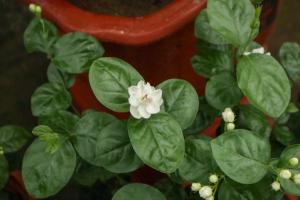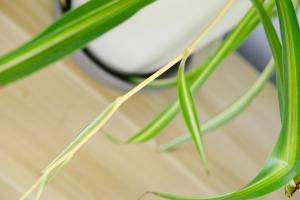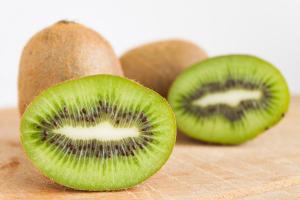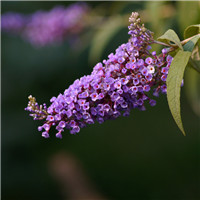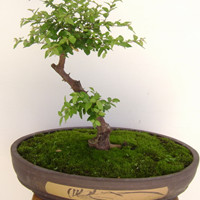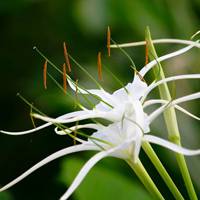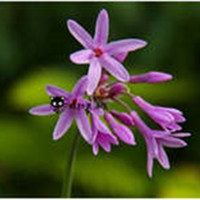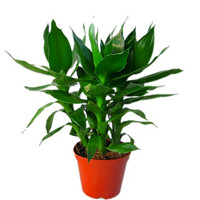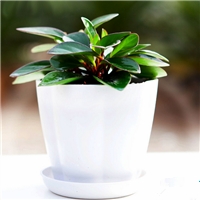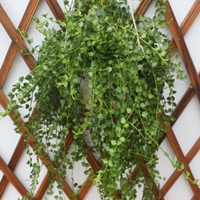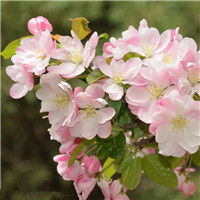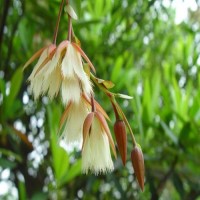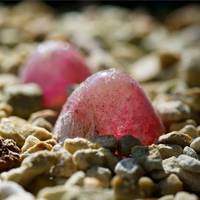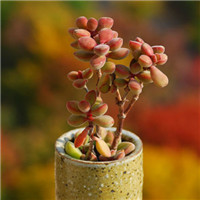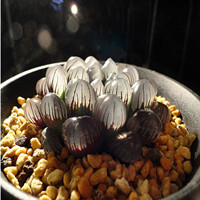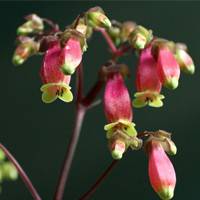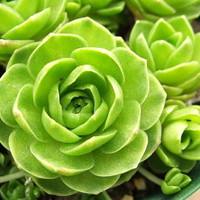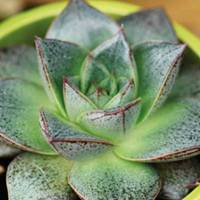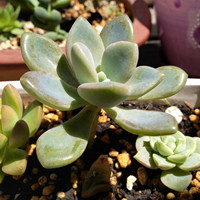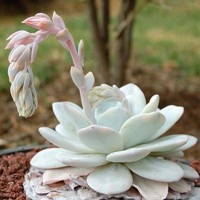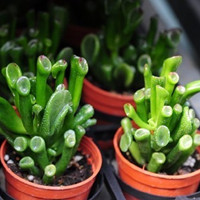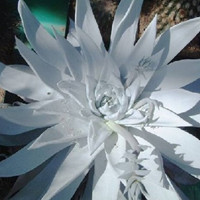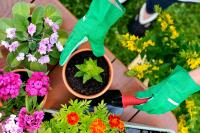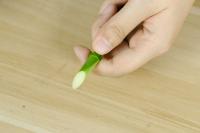Introduction: Understanding Pot Bound Plants
Knowing whether a plant is pot bound or not is crucial in maintaining healthy plants. When plants outgrow their pots, the roots become tightly packed and cramped. This can lead to a lack of oxygen and nutrients, and eventually, stunted growth. Understanding the signs of a pot bound plant is essential in keeping your plants healthy and thriving.
Observing the Agave Plant
Agave plants are unique succulents with spiky, fleshy leaves that can grow up to six feet in height. They are well-suited for indoor environments and are often grown in pots. The first clue that an agave plant may be pot bound is the presence of roots growing out of the bottom drainage holes. If you notice roots protruding out of the bottom or sides of the pot, it's likely that your agave plant is pot bound.
Checking for Tight Roots
Another sign of a pot bound agave plant is tight roots that are tightly packed together in the soil. This can cause the soil to become excessively dry, making it difficult for water and nutrients to reach the roots. To check for tight roots, you can gently remove the plant from its pot and examine the root ball. If the roots are tightly packed together in a circular pattern, it's likely that your agave plant is pot bound.
Assessing the Growth of the Agave Plant
The overall growth of an agave plant is another sign of whether it is pot bound or not. When a plant becomes pot bound, its growth rate may slow down, and it may stop producing new leaves or flowers. If your agave plant has not grown much, or if its leaves are smaller in size than they should be, it's likely that it's pot bound. Additionally, if your agave plant has stopped producing new leaves or flowers, it may be time to consider repotting.
Examining the Soil Condition
The condition of the soil is another indicator of whether an agave plant is pot bound. If the soil is dry and crumbly, it may be a sign that the roots have used up all the available nutrients, and the plant is struggling to survive. Conversely, if the soil is overly wet and heavy, it may be a sign that the roots cannot absorb water efficiently, leading to root rot. Examine the soil by feeling it with your fingers. If it feels dry or wet, it may be time to consider repotting your agave plant.
Conclusion: Repotting the Agave Plant
Knowing whether an agave plant is pot bound is essential in maintaining a healthy and thriving plant. If you notice any of the signs mentioned above, it's time to consider repotting your agave plant. When repotting, choose a pot that is one size larger than the current pot and ensure that it has sufficient drainage holes. Use fresh potting soil and ensure that the plant is adequately watered. With proper care and maintenance, your agave plant can continue to grow and thrive for years to come.

 how many times do yo...
how many times do yo...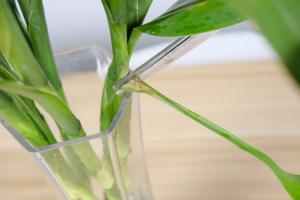 how many planted tre...
how many planted tre...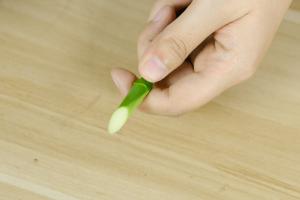 how many pine trees ...
how many pine trees ...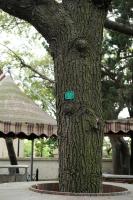 how many pecan trees...
how many pecan trees... how many plants comp...
how many plants comp...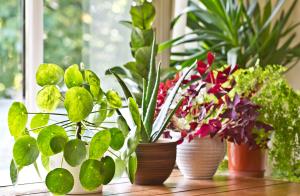 how many plants can ...
how many plants can ...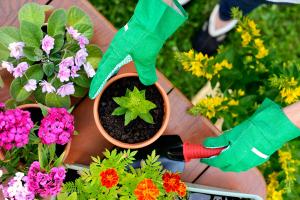 how many plants and ...
how many plants and ...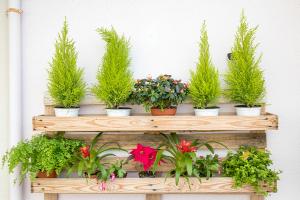 how many pepper plan...
how many pepper plan...
